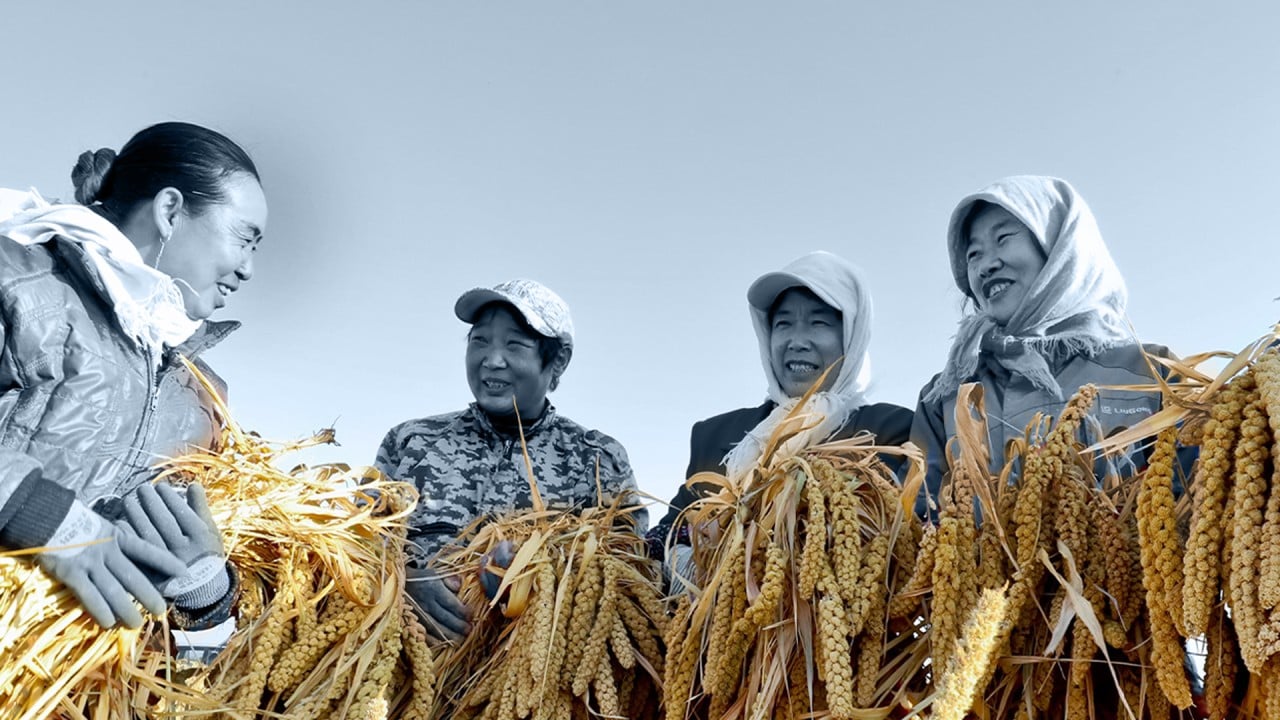Sowing Seeds of Innovation: Growing Rice in the Desert
A Breakthrough in Farming
Have you ever imagined a lush, green rice paddy sprouting in the barren, sandy desert? Well, believe it or not, scientists in China have made this seemingly impossible scenario a reality. In the harsh deserts of China’s Xinjiang region, researchers have successfully grown rice in half the time compared to conventional farming methods. This groundbreaking achievement is a major step in the country’s campaign to ensure food security and sustainable agriculture.
The Miracle of Desert Rice
Traditional rice farming is a labor-intensive process that requires ample water and land resources. In arid regions like Xinjiang, where water scarcity is a pressing issue, growing rice has always been a challenge. However, with innovative techniques such as hydroponics and precision agriculture, scientists have found a way to cultivate rice in the desert with minimal water usage and maximum efficiency.
By harnessing the power of technology and modern farming practices, researchers have created a self-sustaining ecosystem that nurtures rice plants in the most unlikely of environments. This breakthrough not only increases food production in arid regions but also reduces the overall carbon footprint of agriculture, paving the way for a more sustainable future.
Impacts on Individuals
So, how will this innovative farming method affect you? Well, for starters, it could lead to a more diverse and resilient food supply. With rice being a staple food for billions of people worldwide, the ability to grow rice in challenging environments ensures that food security is no longer a distant dream.
Additionally, this breakthrough could also lead to lower food prices and increased availability of rice products. As farmers adopt these new techniques and expand their rice production, consumers may benefit from a wider selection of rice-based foods at more affordable prices.
Global Implications
The impact of growing rice in the desert extends far beyond individual consumers. In a world grappling with the effects of climate change and resource depletion, innovative farming practices like desert rice cultivation offer a glimmer of hope for the future of agriculture.
By demonstrating that food can be grown in even the most inhospitable environments, this breakthrough challenges traditional notions of agriculture and opens up new possibilities for feeding a growing population. As more countries adopt similar practices, we may see a shift towards more sustainable and resilient food systems on a global scale.
In Conclusion
In conclusion, the successful growth of rice in the deserts of China is not just a scientific achievement, but a symbol of human ingenuity and perseverance. By pushing the boundaries of traditional agriculture, researchers have shown that with innovation and dedication, we can overcome even the toughest challenges. As we look towards a future where food security is paramount, the lessons learned from desert rice cultivation will undoubtedly shape the way we grow and consume food for generations to come.





